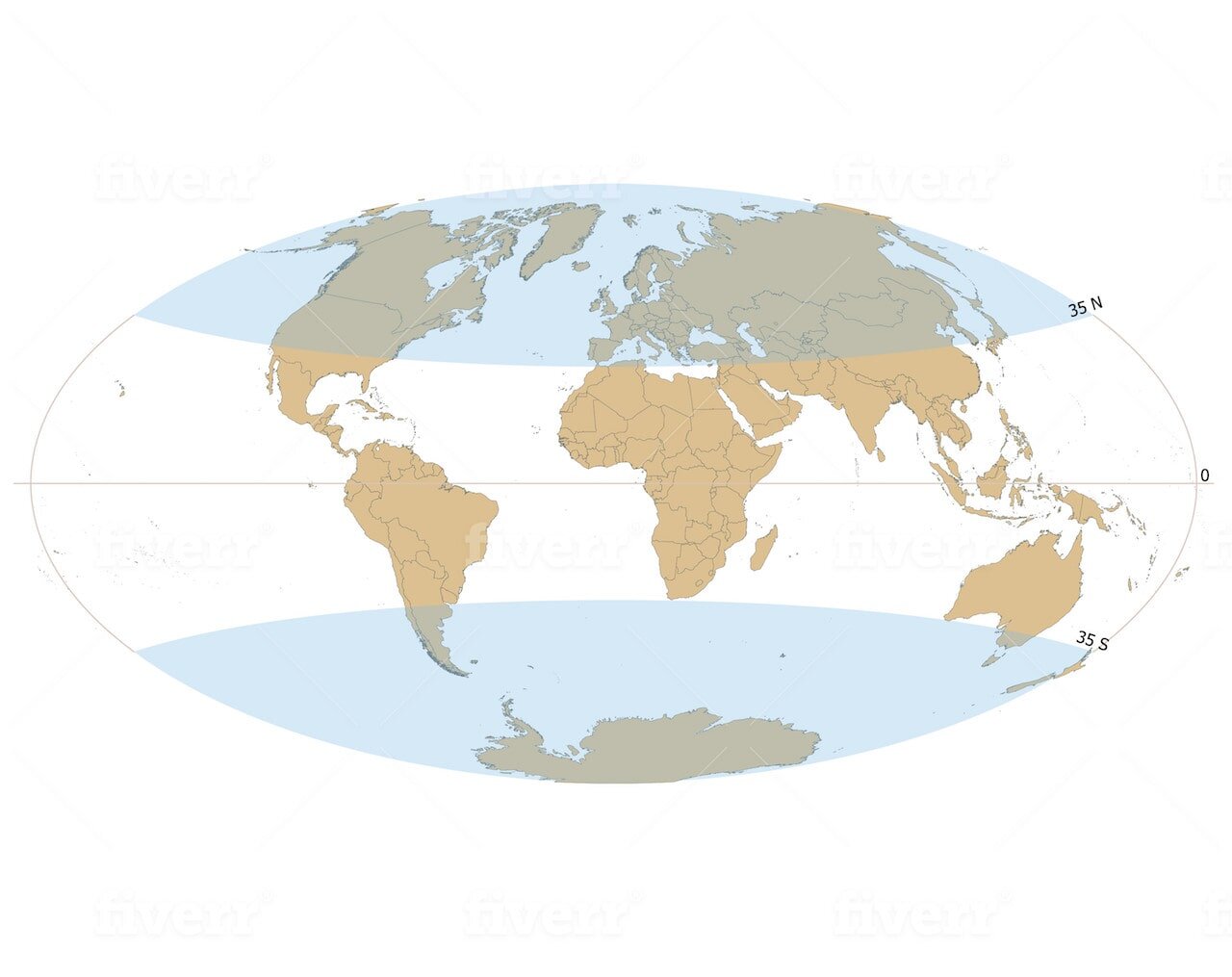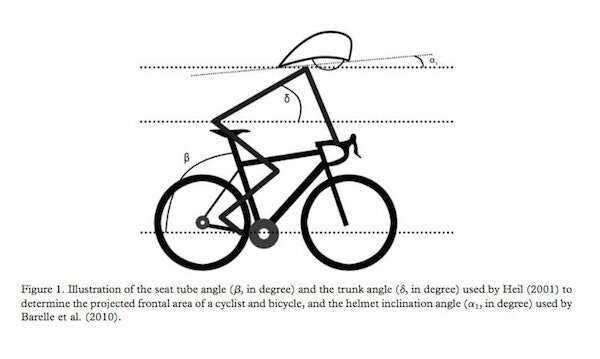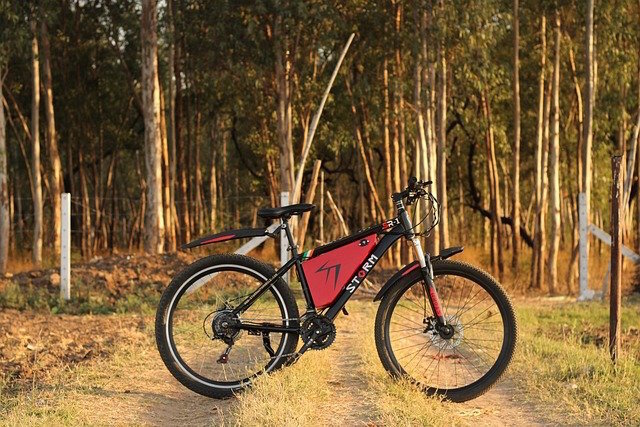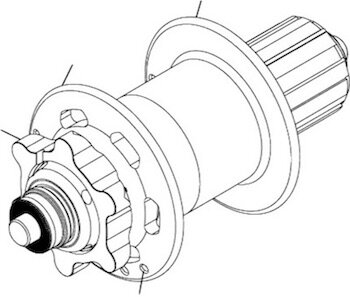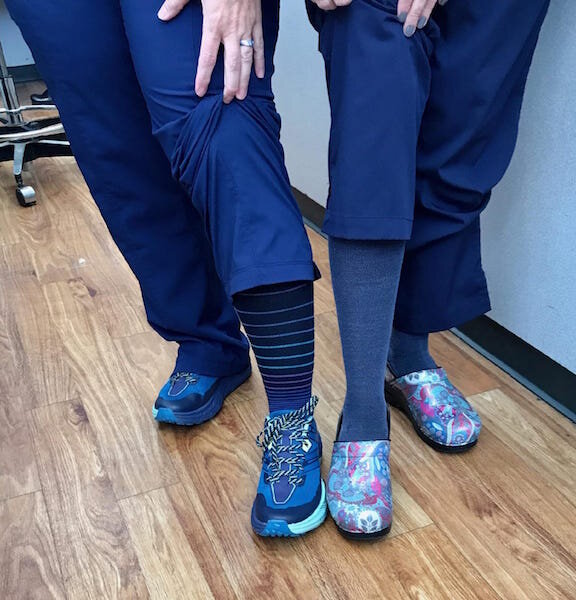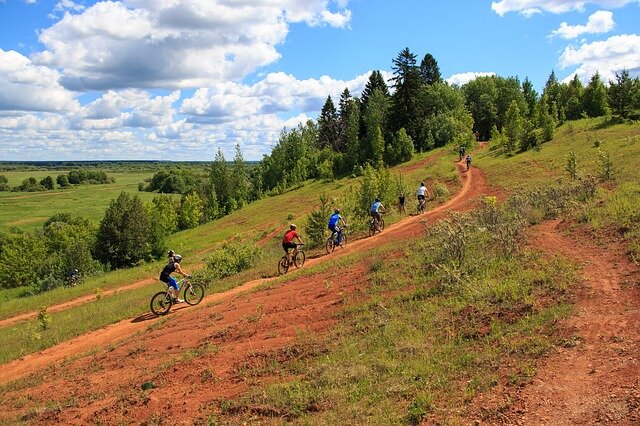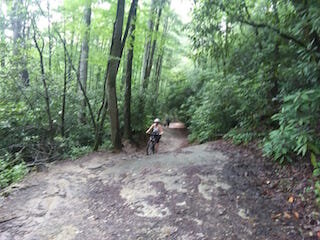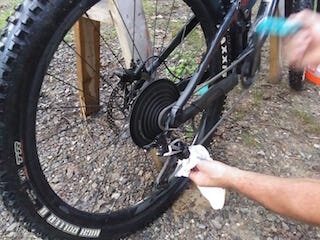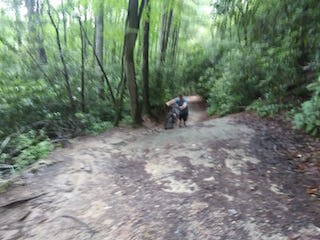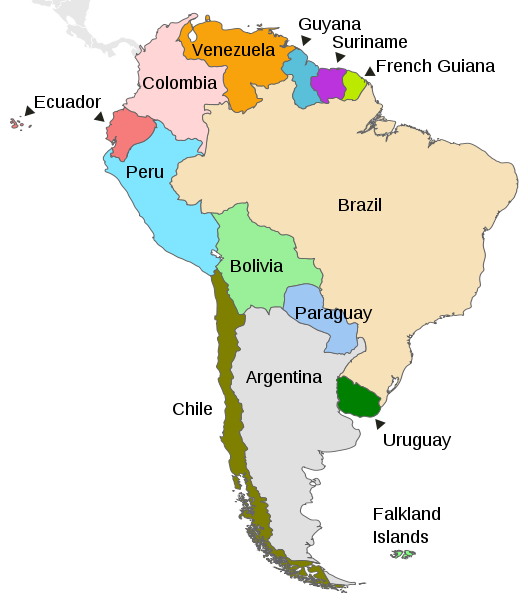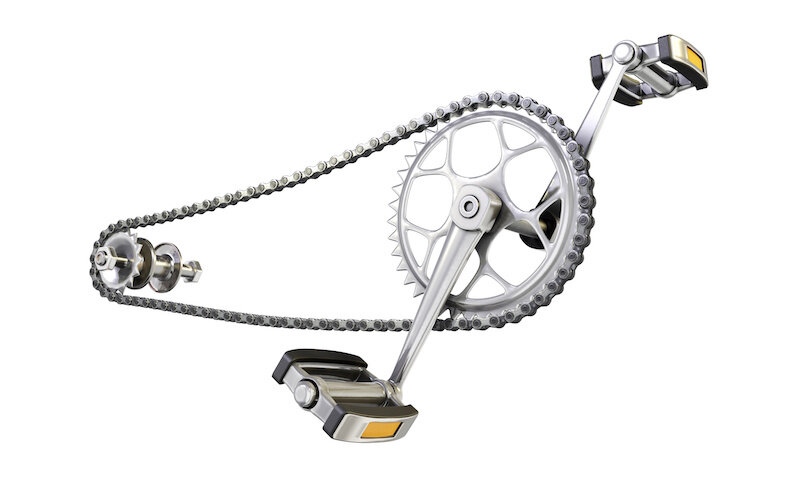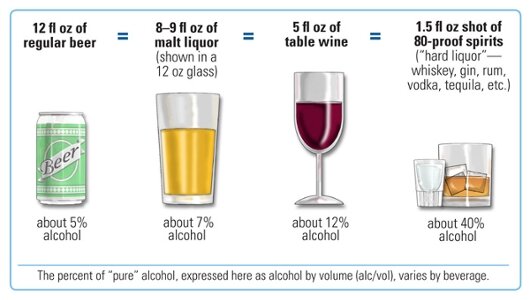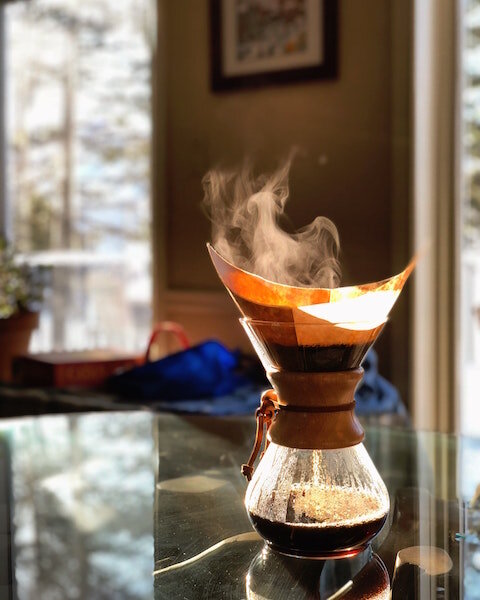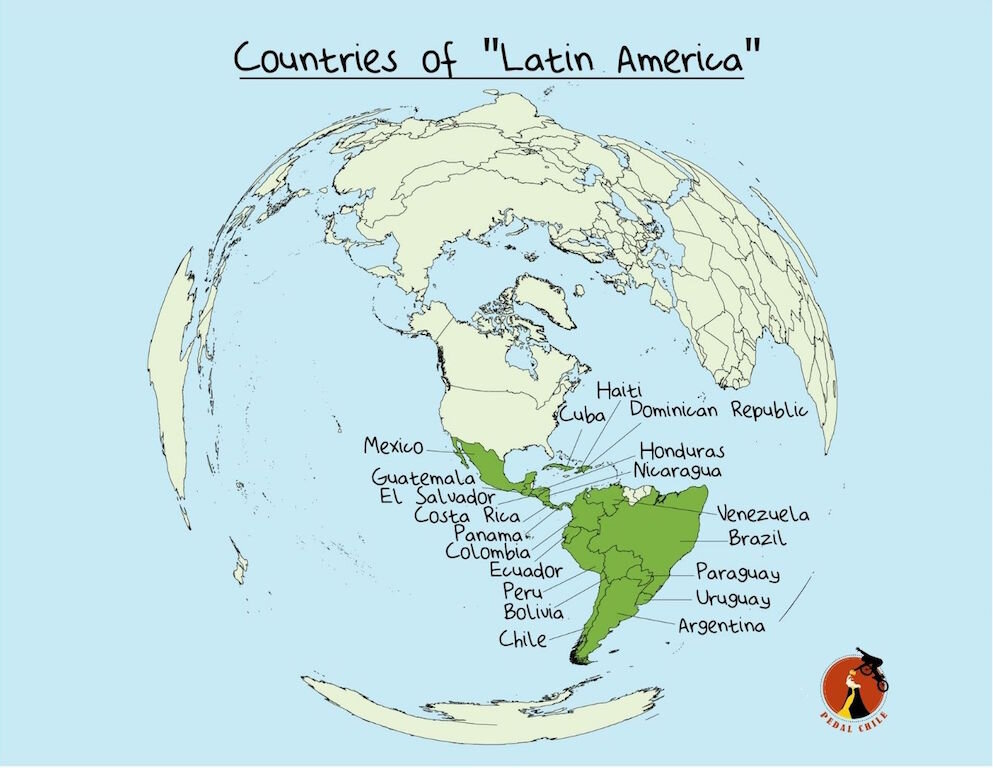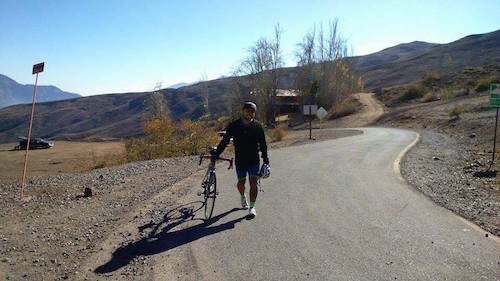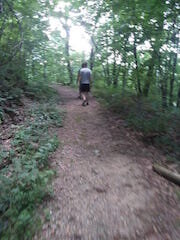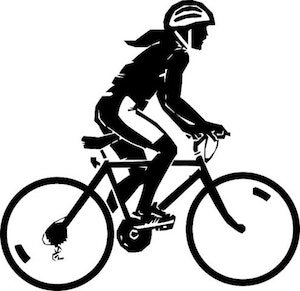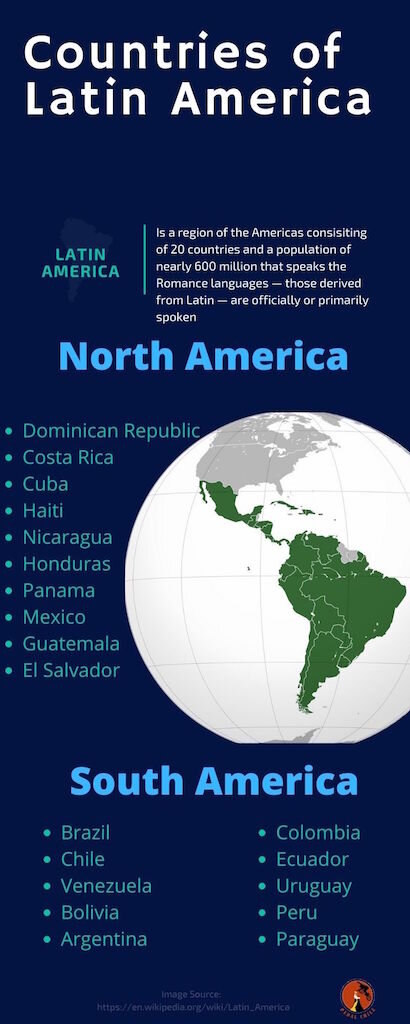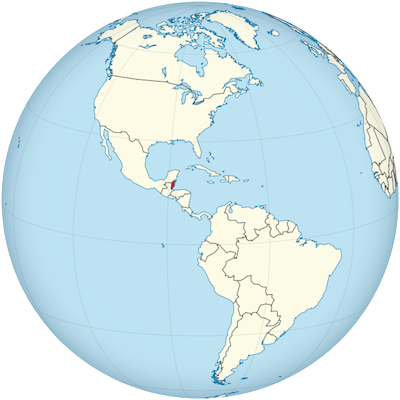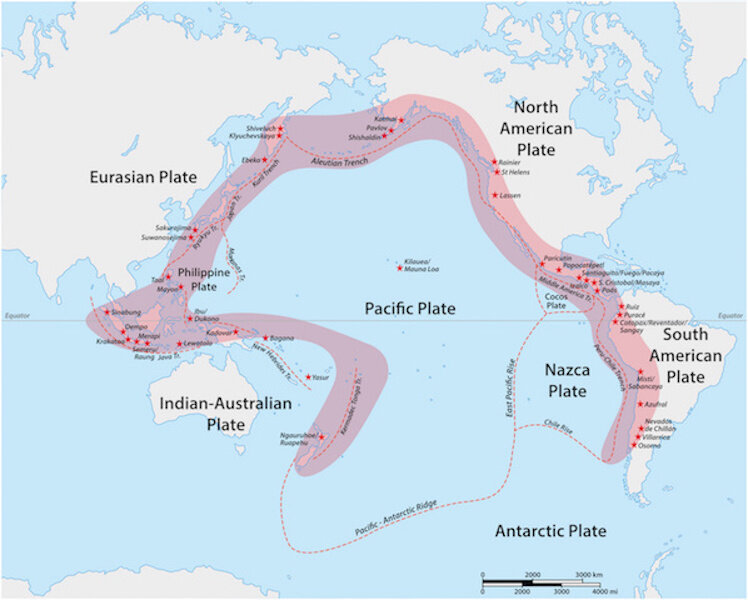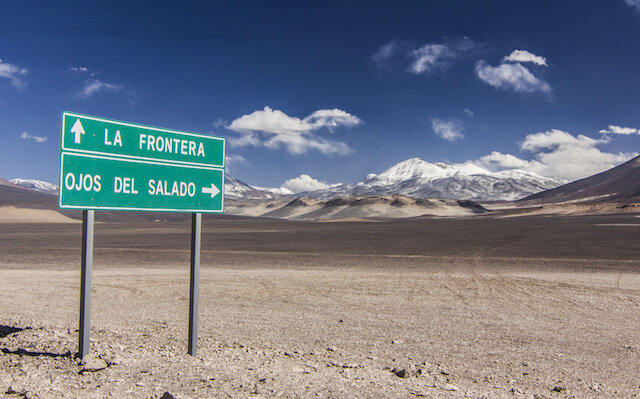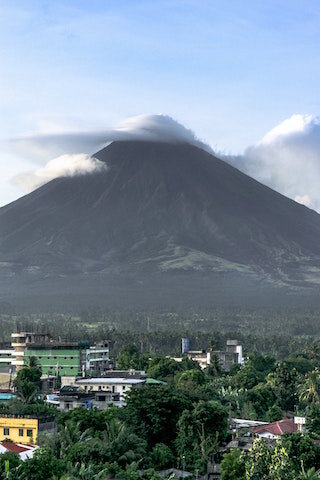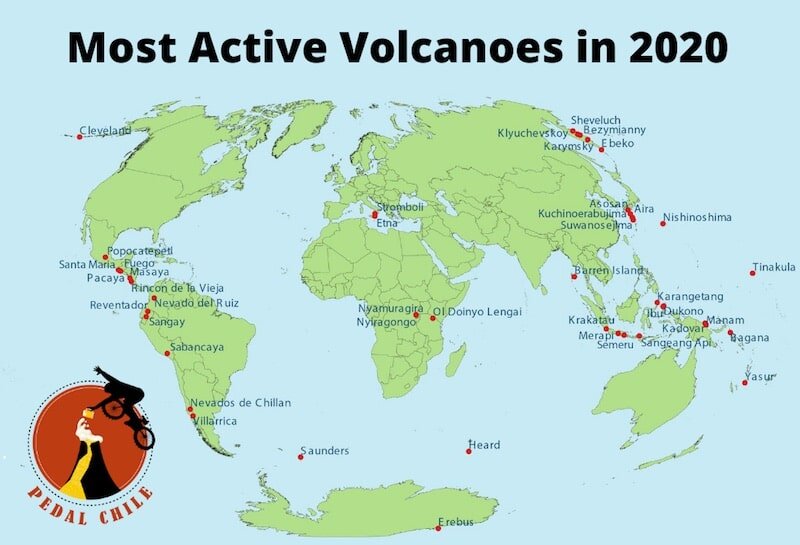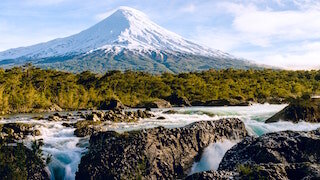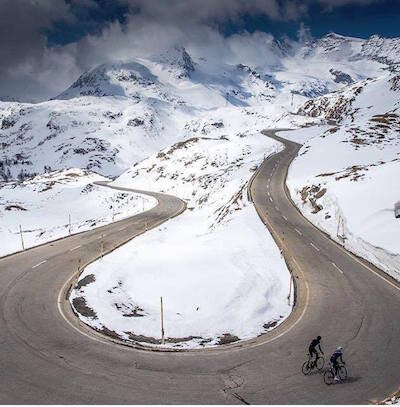“There are socks and there are cycling socks, and never twain shall meet!”
It’s not difficult to see that sports apparel technology has been making great advancements, particularly regarding our footwear.
Socks are no longer a pair of fabric that simply cover the feet to keep us warm, but items well developed for different specialized activities, environment, and other factors that collectively ensure comfort and optimal performance no matter the situation.
Proper cycling socks, in particular, are a piece of modern tech that adds an impeccable touch of style to an astute rider’s cycling kit.
Cycle-specific socks are:
Thin and stretchy, which fit snugly in your cycling shoe.
Made out of Merino wool or synthetic fibers that will wick/absorb sweat.
Double cuffed, which will grip your leg/ankle.
Cycle-specific socks will not slip, bunch-up, and are thin so they don’t move around causing blisters or pedal inefficiencies.
cycling sock & close-fitting
Cycle-specific socks are thin and stretchy that fit into your cycling shoe like a liner.
Cycling socks are created with a flawless close-fitting element that works in tandem with other components like high thread count and practical design to give you fewer pressure points that can result from micro-vibrations, and seams within the sock’s lining.
That is the ultimate recipe for unmatched comfort over long periods, which makes it ideal for those prolonged moments in your saddle.
Cycling socks: Merino wool vs synthetic fibers
Over the last two decades, the materials manufacturers use to create cycling socks have gone through a radical change; and synthetic fibers are now popularly being used instead of natural fibers. Companies argue that synthetic materials like polyester and nylon can be woven closer together, allowing the sock to stretch or adjust properly according to the shape of the foot, reduce the road grime from getting into the fibers, and wick moisture a lot more efficiently.
The fact that cycling socks are generally created to be thin and snug makes them more important than regular socks to ensure the effort you put into your leg movement while cycling transfers into pedal movement efficiently (note that a flexing shoe diverts some pedaling energy into the overall shoe movement).
Ricardo (far right) who is one of our guides is enjoying a ride in his native Chile.
But are synthetic socks ideal?
Unfortunately, they aren’t.
Merino socks are the real deal
Most manufacturers are doing a great job making synthetic cycling socks- but if you ask me, and any sports professional out there, merino socks are still unbeatable- pretty much like their merino sportswear counterparts such as t-shirts and base layers.
“Most cycling socks are made from a lightweight knit of polyester. Some manufacturers offer merino wool socks, which offer the added benefit of keeping the feet warm in cool weather and cool in hot weather. ”
Merino wool has countless qualities that make it the right material for all the times you need your feet to handle pressure, extreme temperatures, and other factors that can only be experienced in the great outdoors.
Merino wool comprises fibers that have all the qualities to ensure comfort, temperature regulation (keeping your feet cool or warm depending on the environment), and durability.
More specifically, merino socks are:
Soft and snuggly
Ever struggled with cycling because of an itch that won’t stop?
Maybe you’ve heard stories from other people- especially those who wear regular wool socks depicting the struggle. Merino is great if you want to evade the occasional irritation because its fibers are a lot less coarse and thinner than regular wool.
Lightweight
Since merino socks comprise fine fibers, you can imagine that they’re very light – lighter than regular wool socks at least. Anything lightweight wear is ideal for sports even outside cycling- but that’s not all. Lightweight socks are lighter to the feet, thus easier to wear comfortably with shoes and great if you want to avoid blisters.
Odor resistant
Odor is by far the biggest issue when it comes to sports, and particularly cycling. More people dump relatively new socks because of their odor more often than you can imagine.
Did you know that merino socks are made of fibers that deter bacteria? The merino wool also absorbs the odor caused by bacteria, thus trapping the smell and keeping it from accumulating. With merino socks, therefore, you can cycle longer with less worry about scaring your way out of your cycling club again!
Strong and durable
If you are a regular biker, then you know pretty well how fast garments including socks can get torn or break especially during long journeys. The best thing about merino wool is that it is six times stronger than regular cotton, and each one of its fibers can be effectively bent back onto itself over 20,000 times.
A good cotton-based pair of socks will readily break after only 3,200 times! Before the merino socks are produced, they are exposed to a rigorous field test. They pass the test because of the remarkable natural engineering they possess.
Breathable and wick away sweat
Heavy socks are not the only thing that leads to blisters.
Sweaty feet also contribute to the problem massively, and that’s why you need socks made from a material that offers excellent moisture management and resist the buildup of odor.
You also need socks with a material that naturally provides mesh ventilation panels to boost comfort and breath-ability. Merino socks are perfect here because they offer all these benefits naturally. Through capillary action, the socks draw moisture from the source to the surface for evaporation. When this effect is combined with the breath-ability component that is typical of cycling socks, the end result is perfection.
Cycling sock: Double layer Cuffs
The very top part of a sock is called the cuff, and its primary function is to make the sock cling to your leg. Great cycle-specific socks are double-cuffed, which means they are made with a double-layer of fabric at the top, providing a more secure fit. Nothing is worse than wearing a pair of socks that slide down during a ride with your friends.
Bottom line
It is important to wear socks before you cycle to maximize your performance and comfort. As we’ve seen, however, not all cycling socks are created equal. There are great socks made with excellent modern technology but not a single one of them would beat the good old merino wool cycling socks. You know where to go from here, don’t you?
Valentina is a guide for Pedal Chile and is our resident badass. Valentina was born and raised in La Patagonia, which probably explains her affinity for adventuring. When Valentina isn’t crushing some poor dude’s soul, you can find her shredding down Rucapillán. Favorite season: Austral Summer
Sources:
Brady, P. (2011). The no-drop zone : everything you need to know about the peloton, your gear and riding strong. Birmingham, Al: Menasha Ridge Press.
Edwardes-Evans, L. (2017). Road cycling manual : the complete step-by-step guide. Sparkford: Haynes Publishing.








